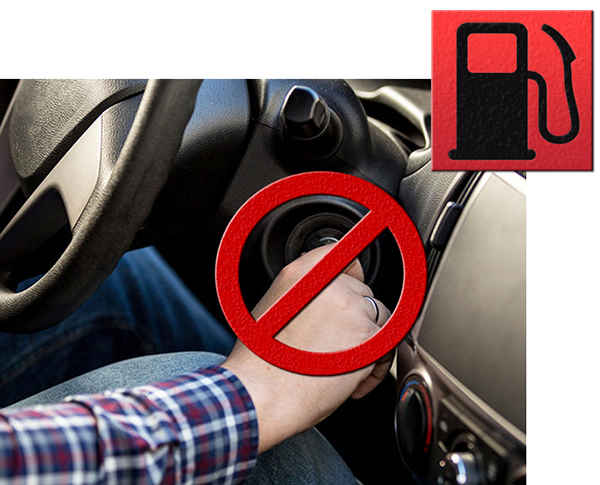Why does my car have a hard time starting after i put gas in it?

Section 1: Common Causes
Fuel System Issues:
- Vapor Lock: Occurs when fuel vaporizes before reaching the engine due to high temperatures, blocking the flow of liquid fuel.
- Evaporative Emissions System Malfunction: Faulty components can lead to excessive fuel vapors in the system, affecting starting.
Fuel Injection Problems:
- Injector Leak: Fuel leaking from the injector after refueling can flood the engine, making it hard to start.
- Clogged Injectors: Dirt or debris in the fuel can clog injectors, disrupting fuel delivery to the engine.
Air-Fuel Mixture Imbalance:
- Rich Mixture: Too much fuel relative to air can flood the engine, making it hard to ignite.
- Lean Mixture: Too little fuel relative to air can result in insufficient combustion, causing difficulty in starting.
Section 2: What to Do

Wait and Retry:
- Allow some time for any vaporized fuel to dissipate before attempting to start the engine again.
Check Fuel Cap:
- Ensure the fuel cap is securely tightened after refueling to prevent evaporative emissions system issues.
Inspection and Maintenance:
- Regularly inspect and maintain the fuel system, including the fuel injectors, to prevent issues.
Seek Professional Help:
- If the problem persists, consult a mechanic for a thorough diagnosis and repair.
Section 3: Facts

Seasonal Variation:
- Vapor lock is more common in hot weather due to higher ambient temperatures.
Modern Solutions:
- Newer cars are equipped with advanced fuel systems and evaporative emissions controls to mitigate starting issues after refueling.
Historical Perspective:
- Vapor lock was a more prevalent issue in older carbureted engines before the widespread adoption of fuel injection systems.
Fuel Quality Impact:
- Poor-quality fuel or fuel contaminated with water or debris can exacerbate starting problems after refueling.












